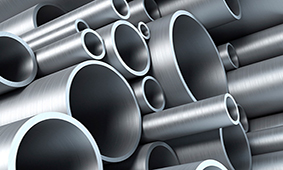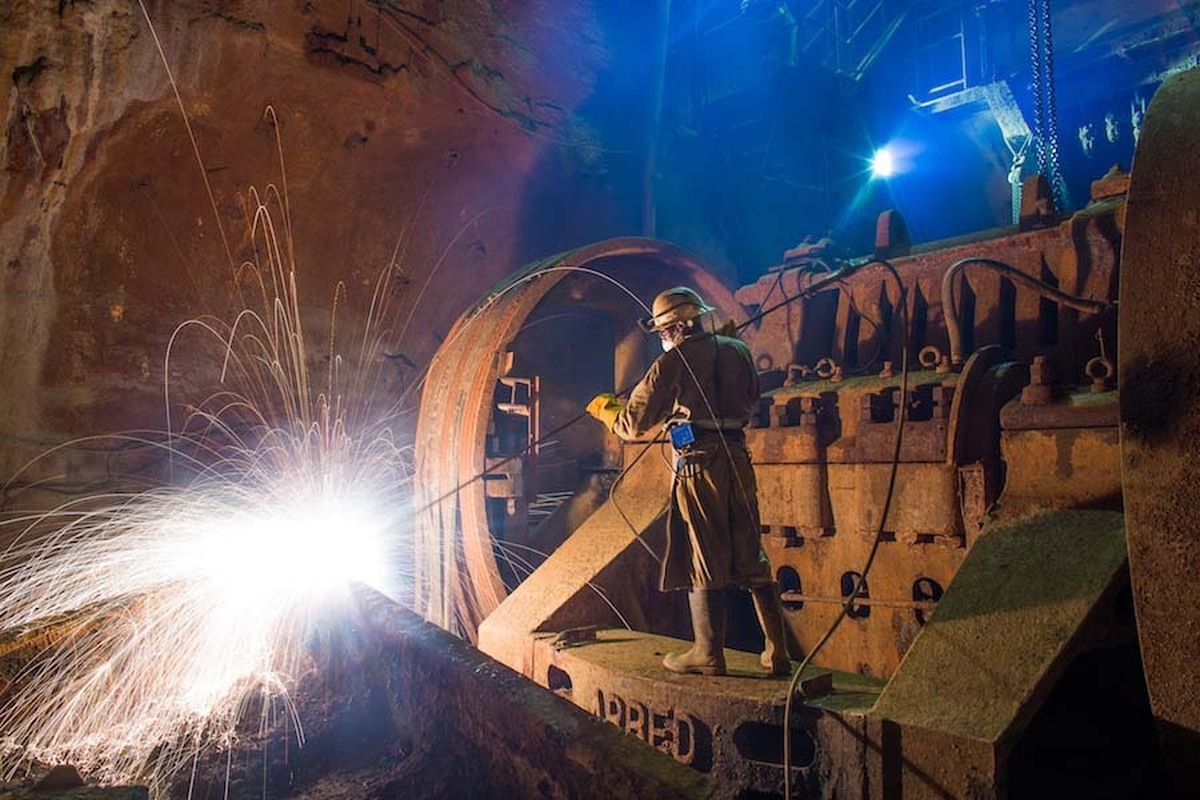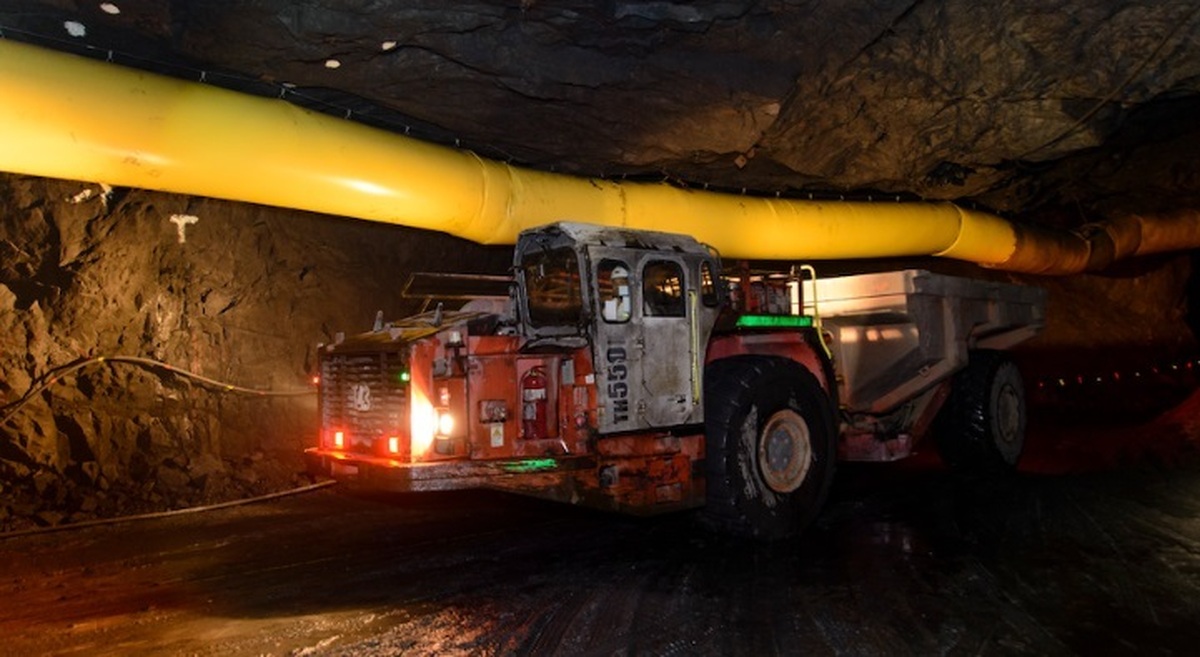
EU green deal could transform metals demand

The European Commission announced its proposed green deal in December, aimed at reducing emissions to net zero by 2050. The plan is a broad indication of EU policy in the coming years.
The deal is intended to support green initiatives such as transitioning to electric vehicles (EVs), a circular economy, lower-emitting steel production technologies and reducing freight emissions. If delivered, the policies will impact demand for several minor and specialty metals.
But the plan will have to pass votes in the EU Council and the European Parliament before its provisions come into effect.
Transitioning to electric vehicles
EVs accounted for a 3.1pc share of total vehicle sales in the EU in the third quarter of 2019, signalling significant room for growth. The commission has said vehicle emissions must be cut by over 90pc by 2050, requiring a full transition to EVs by that point, and it "will consider legislative options" to boost EV demand in the coming years.
Member states are currently responsible for their own country-specific EV incentives, resulting in an inconsistent approach across the EU. Some countries have encouraged EV sales, with the French government increasing its EV subsidies on 1 January, aiming to increase its sales by 2022. But on the same day, the Netherlands reduced tax incentives for EVs, which led to a rush of purchases in December ahead of the change, with EV licence plate registrations jumping to 22,989 in December from 6,874 in November, according to Dutch car data provider Kentekenradar.
If the EU legislates for a cohesive continent-wide system with incentives that encourage EVs, as proposed under the green deal, demand for battery metals would increase sharply.
Argus estimates that global demand for lithium could rise to 136,000t by 2030, from 51,000t in 2017. Cobalt demand could grow to 218,000t in 2030, up from just under 120,000t in 2018. Most of this demand growth would be driven by the EV sector.
The commission also said it would support the deployment of public recharging points across the continent, which European auto industry association ACEA has called for.
There are around 144,000 public charging points in Europe at present, according to ACEA research. It is estimated that by 2030, the EU will need around 2.8mn charging points, which will require copper wiring, galvanised steel and aluminium alloys, as well as minor metals that are used to improve the properties of those alloys.
Moving to a circular economy
The EU aims to move Europe from a consumption economy to a circular economy, encourage more recycling and the use of longer lasting products.
It has proposed a new "right of repair" for European consumers, focused on consumer technology.
The market has been a key driver of demand for metals such as indium, gallium and germanium. With fewer people buying new phones, choosing second-hand models instead, prices for these metals fell last year. Argus assessed indium prices at $132-144/kg duty unpaid in Rotterdam on 2 January, down from $225-235/kg a year earlier.
A repair scheme could add extra downward pressure, as sales of new products fall.
But increased recycling of products could create new industries for recycled metals. For battery metals including nickel and cobalt, there could be large-scale extraction of recycled material from EVs, mobile phones and laptops.
European companies such as Umicore are already doing this. From this month, Umicore will recover over 90pc of the cobalt and nickel used in Audi E-Tron batteries.
Swedish battery producer Northvolt announced plans for a recycling facility in December, targeting 50pc recycled material in new cells by 2030.
Argus assessed chemical-grade cobalt metal prices at $15.75-16.30/lb duty unpaid in Rotterdam on 2 January.
Upgrading freight and industrial infrastructure
The EU is also targeting emissions from freight and heavy industry, aiming to shift a large proportion of the 75pc of inland freight that is currently transported by road to rail. This will mean extra railways, boosting demand for steel and ferro-alloys including ferro-manganese and ferro-vanadium.
But lower demand for large road vehicles could have a negative effect on demand for light metals used in automotive manufacturing, including silicon, aluminium and magnesium. The steel grades used in these trucks would also come under pressure.
The EU intends to provide financial support for lower-emitting steel technologies, and the commission plans to propose a "carbon border adjustment mechanism, for selected sectors, to reduce the risk of carbon leakage".
EU steel producers have called on the EU to introduce tariffs on imports from steel producers in countries that are not subject to the same types of emissions controls that they are, arguably creating a more level playing field. This could aid EU steelmakers after a particularly challenging 2019, with imports still putting the continent under pressure, among other factors. A stronger steel sector with scope to increase production would then boost demand for a range of ferro-alloys and minor metals in steel applications.
By Thomas Kavanagh


Trump weighs using $2 billion in CHIPS Act funding for critical minerals

Codelco cuts 2025 copper forecast after El Teniente mine collapse

Electra converts debt, launches $30M raise to jumpstart stalled cobalt refinery

Barrick’s Reko Diq in line for $410M ADB backing

Abcourt readies Sleeping Giant mill to pour first gold since 2014

Nevada army depot to serve as base for first US strategic minerals stockpile

SQM boosts lithium supply plans as prices flick higher

Viridis unveils 200Mt initial reserve for Brazil rare earth project

Tailings could meet much of US critical mineral demand – study

Kyrgyzstan kicks off underground gold mining at Kumtor

Kyrgyzstan kicks off underground gold mining at Kumtor

KoBold Metals granted lithium exploration rights in Congo

Freeport Indonesia to wrap up Gresik plant repairs by early September

Energy Fuels soars on Vulcan Elements partnership

Northern Dynasty sticks to proposal in battle to lift Pebble mine veto

Giustra-backed mining firm teams up with informal miners in Colombia

Critical Metals signs agreement to supply rare earth to US government-funded facility

China extends rare earth controls to imported material

Galan Lithium proceeds with $13M financing for Argentina project

Kyrgyzstan kicks off underground gold mining at Kumtor

Freeport Indonesia to wrap up Gresik plant repairs by early September

Energy Fuels soars on Vulcan Elements partnership

Northern Dynasty sticks to proposal in battle to lift Pebble mine veto

Giustra-backed mining firm teams up with informal miners in Colombia

Critical Metals signs agreement to supply rare earth to US government-funded facility

China extends rare earth controls to imported material

Galan Lithium proceeds with $13M financing for Argentina project

Silver price touches $39 as market weighs rate cut outlook




















